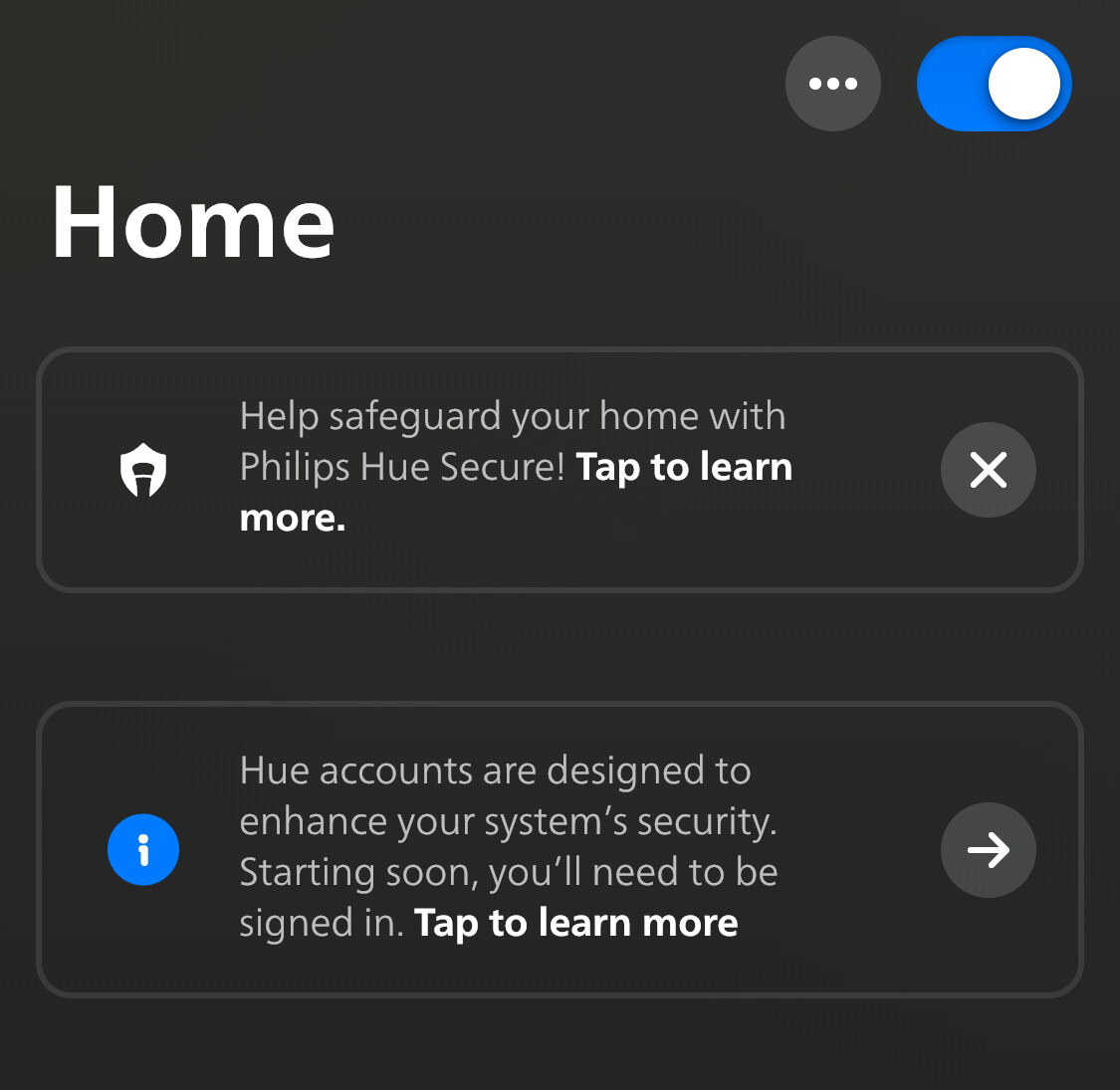

There’s already a ton of great examples which I can relate (I’ve been using linux since 1998 or 99) but maybe the biggest difference today, apart from that everything is SO MUCH EASIER now, is that the internet wasn’t really the thing it is today. Specially the bandwidth. It took hours and hours over the phone line to download anything, on a good day you could get 100MB just under 4 hours. Of course things were a lot smaller too back then, but it still took ages and I’m pretty sure I now have more bandwidth on my home connection than most of the local universities had back in the 90s.



ScummVM is one of these which plays (some) LucasArts point’n’click adventure games, like Day of the Tentacle. But it’s a bit newer than 1990s, quick search says that it was released around 2001/2002.